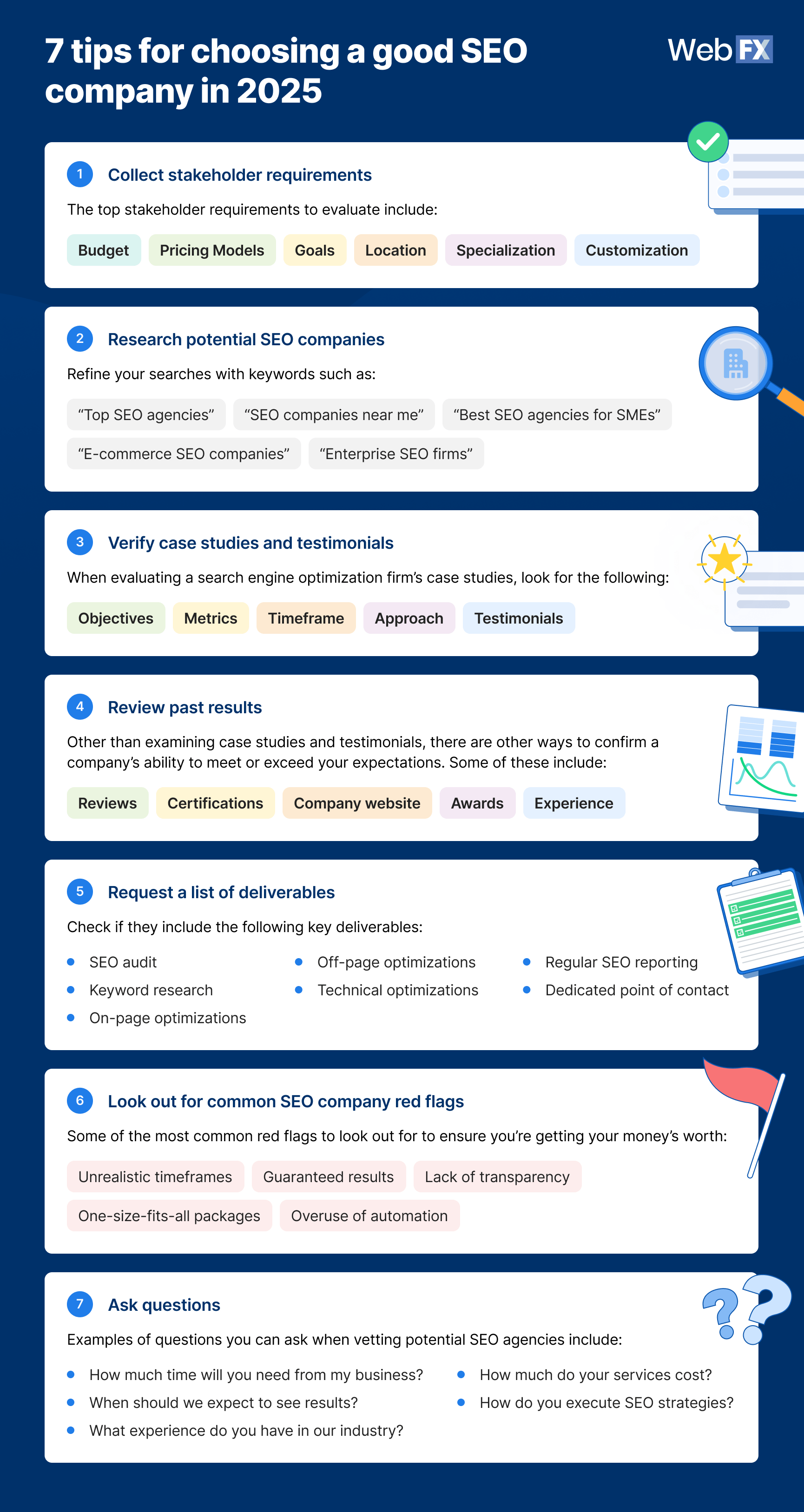
Enhancing Internal Linking in Your Blog Posts
Estimated Reading Time: 5 minutes
Key Takeaways
- Understand the importance of internal linking for SEO and user engagement.
- Learn how to effectively add internal links to your blog content.
- Discover best practices for reviewing and updating existing posts with internal links.
Table of Contents
- Importance of Internal Linking
- How to Add Internal Links
- Reviewing Your Content
- Best Practices
- Conclusion
- FAQs
Importance of Internal Linking
Internal linking is a key aspect of SEO that helps search engines understand the structure of your website. By connecting related content, you guide readers through your site and improve user engagement. Internal links also distribute page authority throughout your site, which can boost your search rankings.
How to Add Internal Links
To add internal links to your blog post:
- Identify keywords or phrases related to topics you’ve covered before.
- Select the relevant text and add a hyperlink to the previous post.
- Ensure the linked content provides additional value to the reader.
Reviewing Your Content
Before adding internal links, review your current blog post thoroughly. Look for opportunities where linking to previous articles can enhance understanding or provide deeper insights. This process involves:
- Reading through the content to identify key topics.
- Matching topics with your existing blog posts.
- Adding links in a way that feels natural and helpful.
Best Practices
- Use Descriptive Anchor Text: The linked text should clearly indicate what the reader will find when they click.
- Avoid Overlinking: Too many links can overwhelm readers and dilute the value of each link.
- Link to Relevant Content: Ensure that the internal links are pertinent to the current post’s topic.
Conclusion
Enhancing your blog with internal links is a simple yet effective way to improve SEO and user engagement. By thoughtfully connecting your content, you provide value to your readers and encourage them to spend more time on your site.




